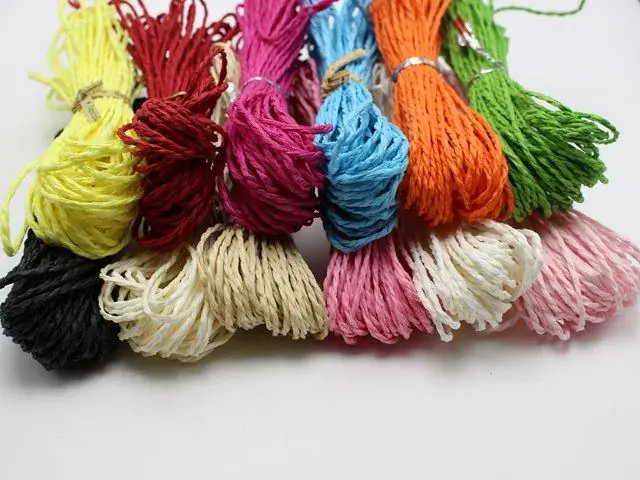2025 Author: Howard Calhoun | [email protected]. Last modified: 2025-01-24 13:10:29
Technology does not stand still, the same trend can be seen in the packaging materials industry. However, there are such unshakable and irreplaceable things over which neither progress nor time has power, such products include paper twine.
An old friend
Twine is well known to us since childhood: they tied up parcels at the post office, pulled gifts in wrapping paper, cakes, used in the country garden to fix vegetable crops to the base. Nondescript in appearance, but so indispensable in everyday life, it still regularly serves in many industries and households.

The first mention of the use of paper cords can be found in the stories about needlework in the 30s of the last century. In wartime, everyday items (bags, carpets), tents and even clothes were made from it. Later, for some period, they forgot about twine, but in the 80s a new surge in the popularity of a household product began. This is duethe emergence of the production of paper bags, as well as the development of design and creative activities.
Description of paper twine
An element of the packaging assortment is a twine twisted from strong and dense strips of paper. In its production, high-strength wrapping material is used. As a rule, kraft paper is used, in the manufacture of which low-cooking long-fiber sulfate cellulose is used. Sometimes bast or synthetic fibers are added to paper twine.
The natural color of the product during manufacture is gray-brown, the diameter varies from 1.1 to 4.8 mm. In the 1980s, new techniques for dyeing twine appeared in Italy, which were immediately picked up by industrialists around the world, and now paper twine manufacturers can make twisted paper rope of any color.

Twine, like other paper products, is afraid of moisture. It should be noted the main advantage of the material - it is environmentally friendly, everyone can work with it without exception (children, adults). This product is environmentally friendly, the waste can be reused to produce grade 2 paper or board. In addition, the strings are resistant to long-term exposure to UV rays, resistant to temperature fluctuations, are lightweight, retain their shape for a long time and are easy to work with.
Waste material easily burns in a landfill or quickly decomposes under the influence of precipitation, without causing damage to the environment.
Production technology
The production of paper twine is not complicated: prepared cut strips of kraft paper with a density of 20-60 g/m2 are mechanically folded on twisters in one direction. Finished ropes are wound on fixed spools of cylindrical or conical shape. If necessary, the fibers go through such technological operations as impregnation with paraffin, dyeing in the desired color, drying. The diameter of the final twine depends on and is equal to the width of the kraft paper strip. The winding speed of the twisted finished thread, that is, the rate of its production, is about 40 meters per minute.

The machines used are two-headed and single-headed, often used simultaneously with twine rewinders, which allow you to get a spool without sleeves at the output. This is an additional advantage for free unwinding of skeins and a prerequisite for making paper twine handles on bag machines.
The weight, diameter and size of the spools (bobbins) is adjustable and varies depending on the requirements of the customer and the conditions in which the twine will be used.
Operational and working properties
The material is made in accordance with GOST 17308-88 “Twine. Specifications . According to it, the following technical characteristics of paper twine are regulated during production:
1. Twine diameter (1.1-4.6mm for paper twine).
2. Nominal Line Density - Ratiomass of fibers to length (units of measurement - tex) planned for production in production. For domestic twine, its value is 0.84-5.6 tex, depending on the diameter.
3. Finishes: paraffin polished, unpolished.

4. Breaking load is the maximum force that a fiber can withstand. According to GOST, for paper twine with a diameter of 2.8 mm, its value is 6.5-8 kgf, while for materials made from natural threads - 58.8 kgf, and synthetic - 73.5 kgf.
In accordance with the specifications, the moisture content of the finished threads should not exceed 17%. The twine has medium stiffness, is flexible, knits well and withstands knots.
Making at home
One of the easiest and cheapest ways is to make DIY paper twine from toilet paper:
- A denser option is suitable, it is desirable that it be corrugated.
- On a long knitting needle, wire or any other twig, a roll is tightly wound in one layer.
- After that, remove the base and twist the resulting twine.
- You can use a jar or any cylindrical vessel to wind the finished twine.
- Continue repeating steps 1-4 until the desired length of twine in the spool.
Application
Paper twine is easy to fit on any shape, environmentally friendly, low cost, practical. Thanks to these properties, it has gained its high popularity and is used in the following areas:
- design - used to decorate and create interior elements;
- as paper bag handles;
- packaging of light goods, gifts, food products (cheeses, sausages, confectionery);

- household and daily needs (tying plants, tying documents in archives, rewinding gifts);
- tying bales of hay and straw in agriculture. Scraps of paper twine, if they get into the food of animals, will not do them much harm, as it could be with synthetic materials;
- needlework - used for various types of weaving, knitting, making crafts.

Twine is used to create the following products:
- Elements and pieces of furniture: chairs with wicker seats, tables. Products have an original look and unique style, perfectly decorate the interior of country houses or cottages.
- Basks for laundry, children's toys, flowers, vegetables, bread, storage of small items. Textured, designer, vintage and other wicker baskets are fashionable and very popular today, they perfectly create comfort and decorate the house.
- Dolls, children's toys, animal figurines.
- Products for animals: various types of scratching posts, houses, toys. The material has a neutral smell that does not irritate pets. Durability and appearance are not inferior to similar products made from other more expensive and modern materials.
- Lamps, floor lamps, lampshades. Atmanufacturing, the rope is impregnated with a special agent that prevents the occurrence of fire.
- Crafts, panels, decoration of various items, creative ideas of designers, folk crafts, souvenirs and so on.
Product flaws
Due to the characteristics of paper as a starting material in manufacturing, the resulting twine has a number of disadvantages:
- cannot be used repeatedly - loses its properties, does not withstand the load
- low moisture resistance - softens when wet and breaks at the slightest load;
- low strength.
Where and how can I buy twine
Since paper twine is a very popular type of rope, you can buy it at a hardware or any hardware store. In Russia, it is produced in Kazan, Moscow, Omsk, Novosibirsk, Ivanovo, Yaroslavl, Volzhsky, Yekaterinburg, Chelyabinsk and other cities.

For industrial needs, the goods are produced in skeins of 500 meters and more, for domestic needs, bobbins of 50-60 meters are the optimal form of release. The cost depends on the diameter, length, type of processing, color and manufacturer. The average price of paper twine per kg is 140-175 rubles. Of course, it cannot compete in its properties (strength, resistance to moisture) with products made from bast or chemical fibers. However, due to the low cost and absolute environmental safety, paper twine is indispensable in the field of packagingmaterials (strapping) and as handles for fashionable and now common paper bags.
Recommended:
Motor oil production: characteristics, technology and manufacturing process
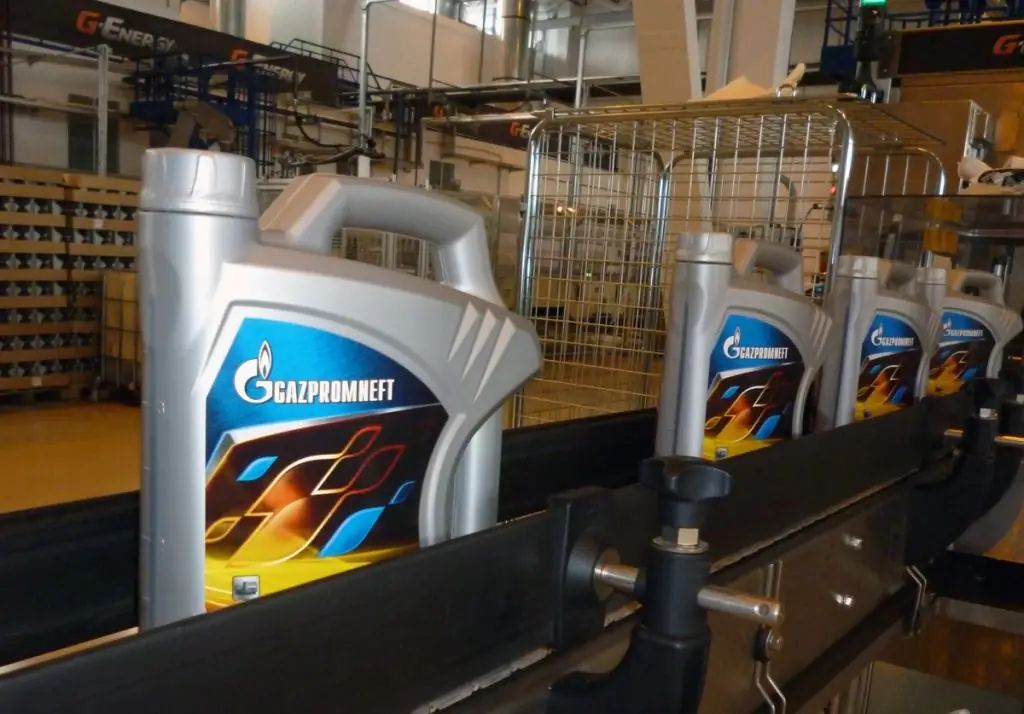
The production of motor oil, like any other, is not complete without raw materials - the substance from which the final product is obtained. Mineral oil is made from petroleum. But before it gets to the lubricants plant, it needs to go through a series of cleanings at oil refineries
Styrofoam production business plan: step-by-step opening steps, manufacturing technology, calculation of income and expenses
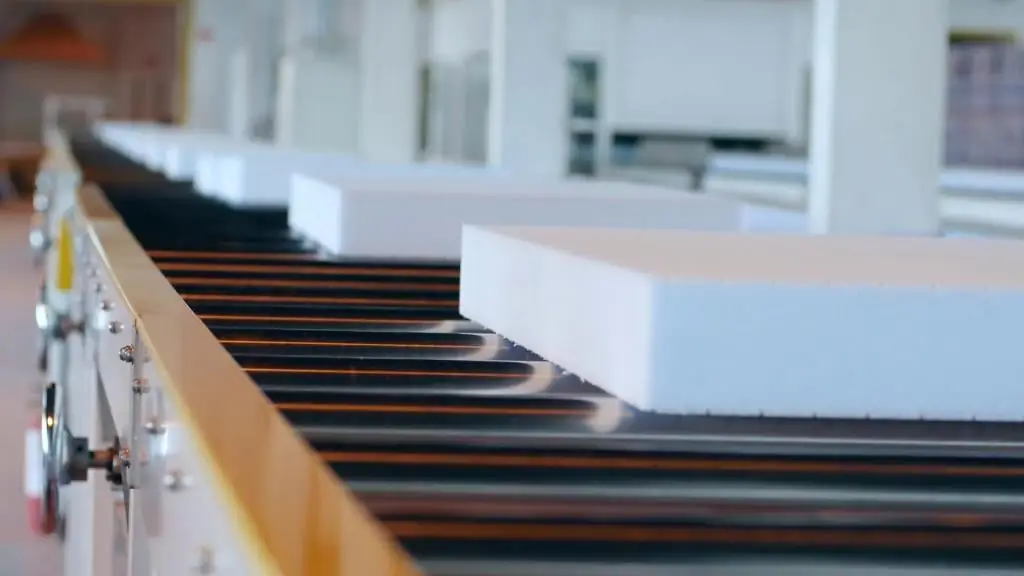
Polyfoam can be attributed to one of the most widely used building materials. The demand for it is quite high, as there is a development of sales markets, which, with a competent marketing approach, can provide stable profits for a long period of time. In this article, we will consider in detail the business plan for the production of foam plastic
Paraffin candles: manufacturing technology

Paraffin candles can be produced using two main technologies. In mass production of identical products, the casting technique is usually used. More expensive and beautiful candles are made by dipping the workpiece in molten paraffin
Carpet production: technology and manufacturing features
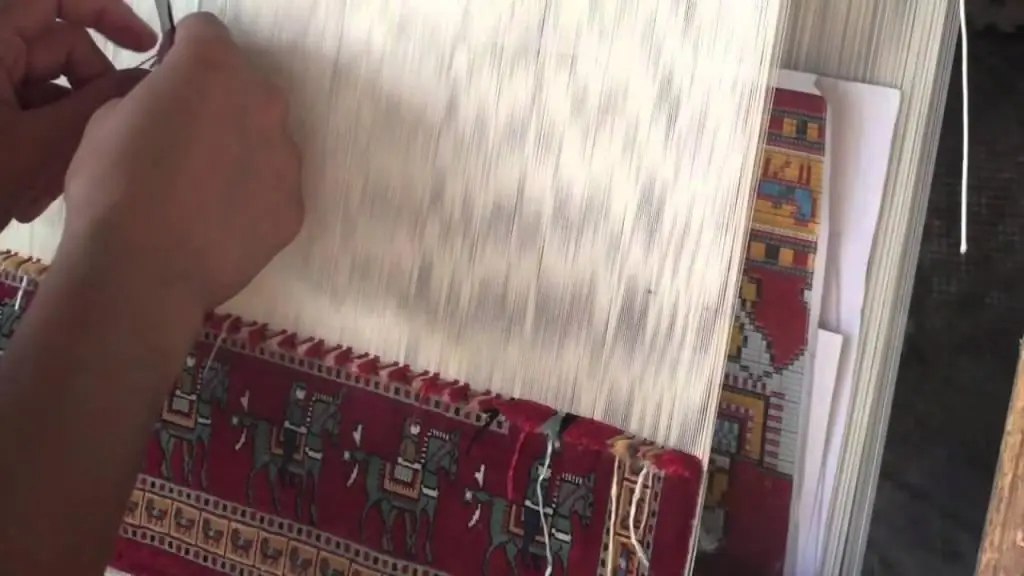
Any carpet production begins with the selection of raw materials. And if earlier the choice of materials was limited to wool and silk, today you can find a woven fabric from both natural fibers and their synthetic counterparts
We make disk hillers with our own hands. Manufacturing technology
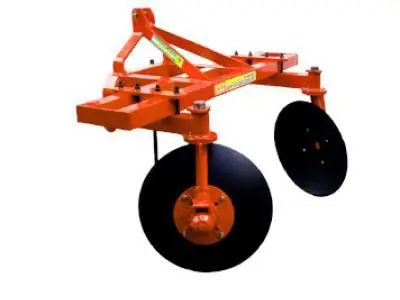
How to make a disk hiller with your own hands? We choose the material for work, we follow the technology. Features and benefits of this equipment

